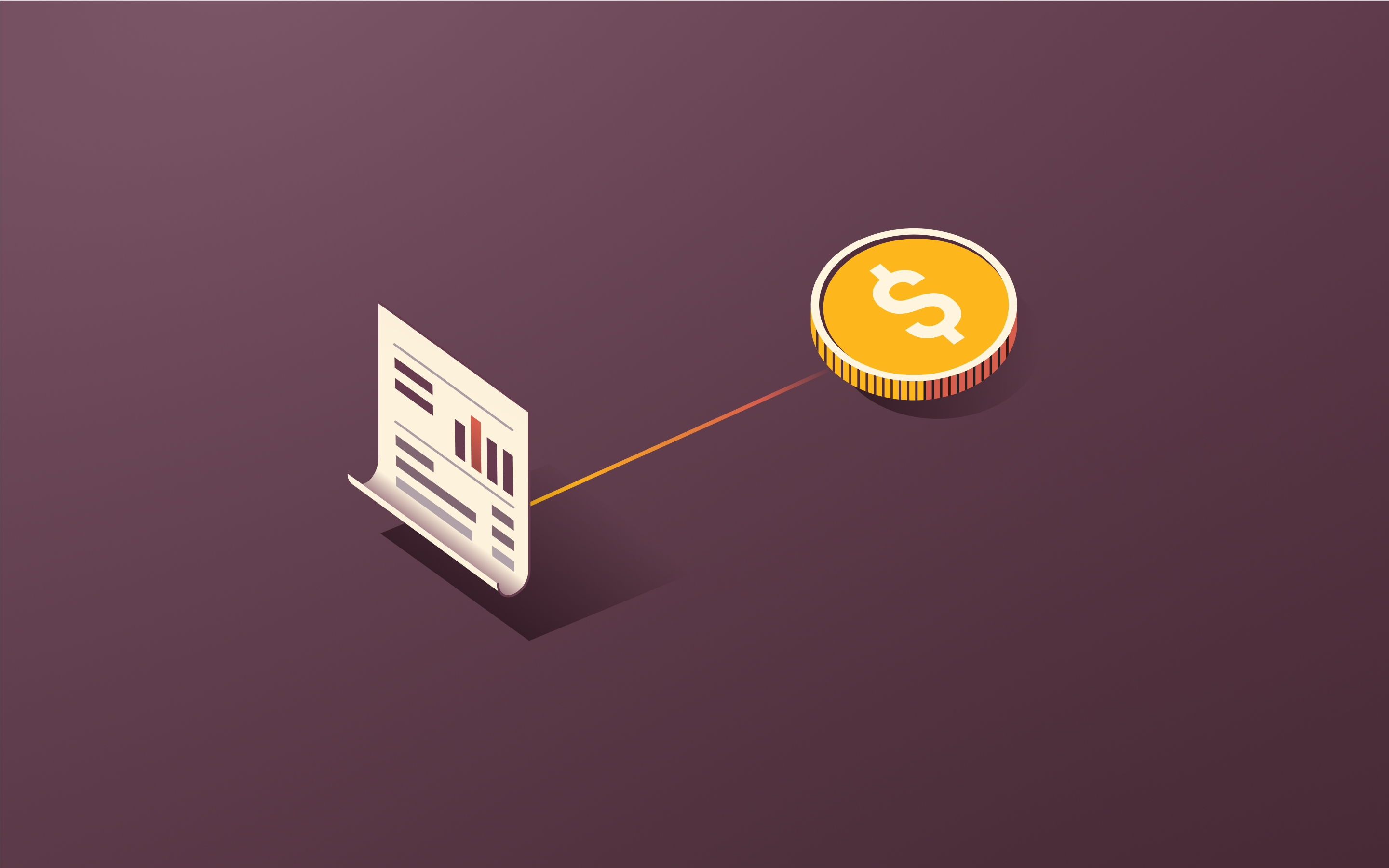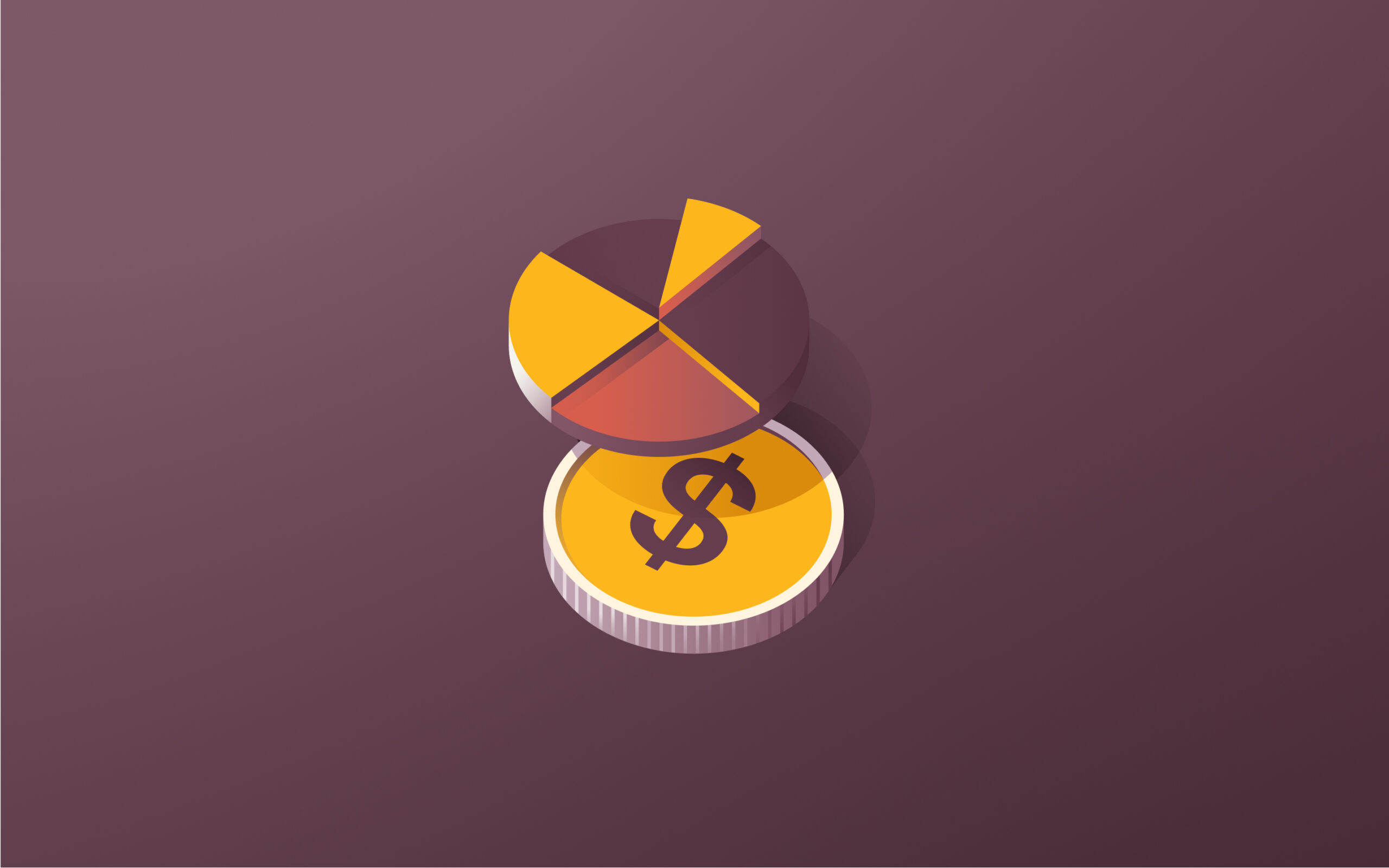Cost-benefit analysis: examples, benefits, and how to conduct one

Informed financial decisions are essential for the success and growth of your organization. As a finance manager or business owner, it's important to have a reliable method for evaluating the potential outcomes of every choice. This is where cost-benefit analysis (CBA) comes in. In this comprehensive guide, we'll explore the cost-benefit analysis definition, its advantages, and when to use it. We’ll also walk you through step-by-step instructions on how to conduct one, complete with practical examples.
What is cost-benefit analysis (CBA)?
A cost-benefit analysis is a systematic approach used to evaluate the financial implications of a project or decision by comparing the costs and benefits associated with it. The goal is to determine whether the benefits outweigh the costs and provide a clear picture of the potential value and feasibility of the initiative.
Costs analyzed
When conducting a CBA, several types of costs are typically considered:
- Direct costs: Expenses directly related to the project, such as materials, labor, and equipment.
- Indirect costs: Overhead expenses like utilities, rent, and administrative costs.
- Opportunity costs: Potential benefits lost by choosing the proposed project and rejecting another project.
- Intangible costs: Non-monetary costs that are difficult to quantify, like decreased employee morale or customer satisfaction.
Benefits analyzed
Similarly, various types of benefits are evaluated in a CBA:
- Direct benefits: Immediate positive outcomes of the project, such as increased revenue or cost savings.
- Indirect benefits: Secondary positive effects, like improved brand reputation or increased productivity.
- Intangible benefits: Non-monetary advantages that are challenging to quantify, such as enhanced customer satisfaction or employee well-being.
5 Advantages of cost-benefit analyses
Implementing CBA in your decision-making process offers several advantages:
1. Informed decision-making
Cost-benefit analysis provides a clear, data-driven framework for evaluating options. By quantifying both costs and benefits, you can make more objective decisions based on concrete evidence rather than gut feelings or personal biases.
2. Risk mitigation
By thoroughly examining potential costs and benefits, including those that might not be immediately apparent, cost-benefit analysis helps identify and mitigate risks associated with a project or decision.
3. Enhanced understanding of project goals
The process of conducting a CBA forces you to clearly define project objectives and expected outcomes. This clarity can lead to better alignment among stakeholders and more focused project execution.
4. Resource allocation optimization
Cost-benefit analysis helps you prioritize projects or initiatives based on their potential return on investment. This allows for more efficient allocation of limited resources across your organization.
5. Long-term perspective
By considering both short-term and long-term costs and benefits, this analysis encourages a more comprehensive view of decision outcomes, promoting sustainable business practices.
When to use a cost-benefit analysis (CBA)
Cost-benefit analysis is a versatile tool that can be applied in various business scenarios:
1. When deciding whether to pursue a new project
Before committing resources to a new initiative, a CBA can help determine if the potential benefits justify the investment. For example, a tech company might use a CBA to evaluate whether to develop a new software product, weighing projected revenue against development and marketing costs.
2. When developing a new business process or strategy
Use cost-benefit analysis to evaluate different approaches to implementing a new process or strategy, ensuring you choose the most efficient and effective option. For instance, a manufacturer could conduct a CBA to assess the costs and benefits of implementing a new supply chain process, such as transitioning to a just-in-time inventory system, versus maintaining their current inventory practices.
3. When comparing investment opportunities
When faced with multiple investment options, cost-benefit analysis can provide a standardized method for comparing their potential returns and risks. For example, a business might analyze two different factories for expansion—one with lower operational costs but higher transportation expenses and another with higher initial investment but closer proximity to key markets—to determine which option offers the best overall return.
4. When considering major purchases
For significant capital expenditures, such as new equipment or facilities, a CBA can help justify the expense and identify the most cost-effective options. A company might evaluate the benefits of purchasing a new production machine against its maintenance costs, potential productivity gains, and the projected return on investment.
5. When evaluating policy changes
In both private and public sectors, cost-benefit analysis can be used to assess the potential impact of policy changes on various stakeholders. For instance, a local government might conduct a CBA to evaluate the benefits of implementing a new recycling initiative, considering both environmental impacts and the costs associated with increased infrastructure.
How to do a cost-benefit analysis: 8 Steps
Follow these steps to conduct a thorough cost-benefit analysis:
Step 1: Define the project scope
Clearly outline the objectives, timeline, and expected outcomes of the project or decision you're evaluating. Be sure to measure everything and list all relevant metrics for the scope of the project. This step ensures that all stakeholders have a shared understanding of what's being analyzed.
Step 2: Review historical data
Gather relevant data from similar past projects or industry benchmarks. This information can provide valuable insights and help make more accurate cost and benefit estimates.
Step 3: List and categorize costs and benefits
Identify all potential costs and benefits associated with the project. Categorize them as direct, indirect, or intangible. Be comprehensive and consider both short-term and long-term impacts.
Step 4: Assign monetary values to costs and benefits
Quantify the costs and benefits of the project or decision you’re evaluating.
Costs might include:
- Initial investment expenses
- Ongoing operational costs
- Potential training costs for staff
Benefits might include:
- Increased revenues from improved sales,
- Decreased manufacturing costs due to enhanced efficiency,
- Hours saved through streamlined processes, and
- Potential intangible benefits like improved customer satisfaction or brand reputation.
For intangible items, use estimation techniques or proxy measures to assign a value. For example, if a new marketing strategy is expected to increase revenues by 20%, calculate that potential increase based on current sales figures. Be consistent in your approach and document your assumptions.
Step 5: Calculate net present value (NPV)
To properly value the future costs and benefits of a decision, teams should convert everything into their present value. This is the process of calculating how much future cost savings and benefits are worth today by using a discount rate, such as the depreciation rate of 20% for new machinery with a useful life of 5 years. This step helps teams objectively compare decisions based on their expected value as of today.
Step 6: Calculate the cost-benefit analysis (CBA) ratio
Once you have determined the net present value of the costs and benefits, the next step is to calculate the cost-benefit analysis (CBA) ratio. This ratio is a simple formula where you divide the total present value of benefits by the total present value of costs. A CBA ratio greater than 1 indicates that the benefits outweigh the costs, suggesting that the project is economically viable.
Step 7: Perform sensitivity analysis
Examine how changes in key assumptions affect your results. Not only does this help evaluate the strength and robustness of your analysis, but it also helps identify which factors have the most significant impact on the outcome of the project.
Step 8: Make a recommendation
Recommend whether to proceed based on your analysis results, clearly your presenting findings, and include any limitations, risks, or uncertainties.
Cost-benefit analysis formulas
There are three formulas to help perform a basic cost-benefit analysis: The present value (PV) formula, the net present value (NPV) formula, and the cost-benefit analysis (CBA) ratio.
To calculate the CBA ratio, you must first use the PV formula to find the present value of the costs and the benefits of the project that’s being analyzed.
Present Value (PV) = FV / (1+r)n
Where:
- PV = Present Value
- FV = Future Value
- r = Discount Rate
- n = Number of periods
Apply this formula to get the PV of future costs and PV of future benefits.
Then, insert those values into the NPV formula and CBA ratio, as seen below:
NPV = PV of Benefits - PV of Costs
CBA ratio = PV of Benefits / PV of Costs
If the NPV is a positive number and the CBA ratio is greater than 1, that means the present value of the benefits outweighs the present value of the costs. Therefore, the project being analyzed is financially feasible.
Cost-benefit analysis (CBA) example with formulas
Let's consider a hypothetical example of a CBA for a company deciding whether to invest in new manufacturing equipment:
Project: Purchase of new manufacturing equipment
- Cost of equipment: $500,000
- Expected useful life: 5 years
- Annual maintenance cost: $20,000
- Expected annual increase in production: 10,000 units
- Selling price per unit: $50
- Variable cost per unit: $30
- Discount rate: 10%
Step 1: Calculate potential annual financial benefits
Annual gross profit = 10,000 units x ( $50 selling price - $30 cost) = $200,000
Annual net profit= $200,000 gross profit - $20,000 maintenance = $180,000
The potential annual financial benefit of new manufacturing equipment is $180,000 per year.
Step 2: Calculate present value of financial benefits
To calculate the total present value (PV) for the potential financial benefits, we use the expected useful life of the new equipment (five years) as our ‘r’ value in the PV formula and calculate PV for each year.
Year 1 PV of benefits = $180k / (1+10%)¹ = 163,636.36
Year 2 PV of benefits = $180k / (1+10%)² = 148,760.24
Year 3 PV of benefits = $180k / (1+10%)³ = 135,164.73
Year 4 PV of benefits = $180k / (1+10%)⁴ = 122,084.24
Year 5 PV of benefits = $180k / (1+10%)⁵ = 111,024.36
Finally, we sum the PV of each of the next five years to get the total PV of the potential financial benefits of this project.
Total PV of Benefits = $680,669.93
Step 3: Calculate present value of costs
Next, we need to calculate the total present value of costs by adding the upfront cost ($500,000) to the present value of annual maintenance costs. To calculate the present value of annual maintenance costs, we’ll use the PV formula again.
Year 1 PV of costs = $20k / (1+10%)¹ = 18,181.82
Year 2 PV of costs = $20k / (1+10%)² = 16,528.93
Year 3 PV of costs = $20k / (1+10%)³ = 15,029.77
Year 4 PV of costs = $20k / (1+10%)⁴ = 13,658.69
Year 5 PV of costs = $20k / (1+10%)⁵ = 12,345.68
Now we sum up these present values for the PV of maintenance costs.
PV of Annual Maintenance Costs = $75,744.89
Finally, we can calculate the total present value of costs, which includes both the initial cost of equipment ($500,000) and the present value of maintenance costs ($75,744.89).
Total PV of Costs = 500,000 + 75,744.89 = $575,744.89
Step 4: Calculate NPV and CBA ratio
Finally, we’ll insert our calculated values into the NPV formula and CBA ratio.
Net Present Value (NPV) = $680,669.93 - $575,744.89 = $104,925.04
CBA Ratio = $680,669.93 / $575,744.89 = 1.18
In this example, the positive NPV and benefit-cost ratio greater than 1 suggest that the investment in new equipment is financially viable. Use this example as a cost-benefit analysis template for your future financial decisions.
Efficient financial management with Rippling
While cost-benefit analysis is a powerful decision-making tool, its effectiveness relies on accurate financial data. Rippling's expense management software can streamline this process by providing real-time visibility into your company's expenses and automating the most critical aspects of financial tracking and reporting.
Rippling's comprehensive platform offers features such as:
- Real-time expense tracking and categorization
- Seamless integrations with accounting software for streamlined data flow
- Customizable spending policies and approval workflows
- Granular analytics and reporting capabilities
By leveraging Rippling's expense management solution, you can ensure that your cost-benefit analyses are based on the most up-to-date and accurate financial information, leading to more informed decision-making and better financial outcomes for your business.
FAQs on cost-benefit analysis
Can cost-benefit analysis be applied to non-financial decisions?
Yes, cost-benefit analysis can be applied to non-financial decisions by assigning monetary values to intangible costs and benefits. While this can be challenging, it allows for a more comprehensive evaluation of various options.
What are some common challenges when performing a cost-benefit analysis?
Common challenges include accurately estimating future costs and benefits, assigning monetary values to intangible factors, choosing an appropriate discount rate, and accounting for uncertainties and risks.
What is the difference between a cost-benefit analysis and a cost-effectiveness analysis?
Cost-benefit analysis compares costs and benefits in monetary terms, while cost-effectiveness analysis compares the relative costs of different approaches to achieving a specific outcome, often used when benefits are difficult to monetize.
How can intangible benefits and costs be incorporated into a cost-benefit analysis?
Intangible factors can be incorporated by using proxy measures, conducting surveys to estimate willingness to pay, or employing expert judgment to assign monetary values. It's important to clearly document the assumptions and methods used in these estimations.
Cost-benefit analysis (CBA) is an invaluable tool for making informed financial decisions. By following the steps outlined in this guide and leveraging powerful financial management tools like Rippling, you can enhance your decision-making process and drive better outcomes for your business.
This blog is based on information available to Rippling as of November 4, 2024.
Disclaimer: Rippling and its affiliates do not provide tax, accounting, or legal advice. This material has been prepared for informational purposes only, and is not intended to provide or be relied on for tax, accounting, or legal advice. You should consult your own tax, accounting, and legal advisors before engaging in any related activities or transactions.










